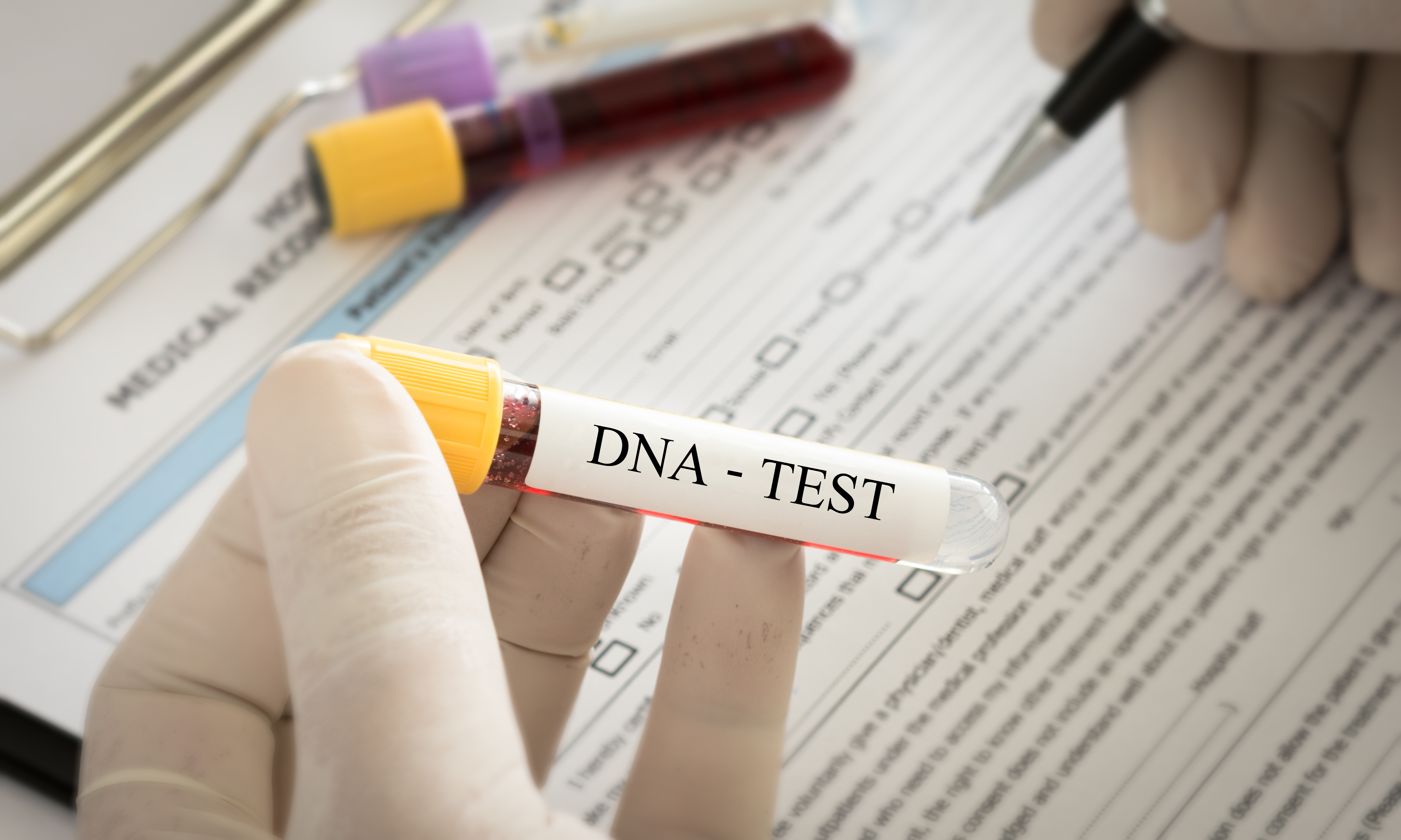Panel urges caution in tying sexual orientation, education levels to genes
By Jocelyn Kaiser,
Science
| 04. 25. 2023
Last year, a study linking the DNA and education data for 3 million people of European ancestry found the resulting genetic scores predicted 15% of a person’s highest level of schooling—an influence nearly as strong as parents’ combined education level.
The latest in a series of provocative findings, the study raised a concern a new report out last week from an expert panel addresses: Could studies probing genetic links to social outcomes such as income and education and to traits such as intelligence uncover differences in people of different ancestries that could be misused by racists?
The panel concluded that given scientific uncertainties, for now, scientists and funders should avoid such comparative studies. In the United States, such concerns may be distant: Science has learned that the two major federally funded biobanks generally don’t let their data be used for nonmedical research. But experts convened by the Hastings Center, an ethics think tank, split on whether such studies should ever be done, with some arguing they will never be ethically justified.
“There are people in the group who probably would...
Related Articles
By Pam Belluck and Carl Zimmer, The New York Times | 11.19.2025
Gene-editing therapies offer great hope for treating rare diseases, but they face big hurdles: the tremendous time and resources involved in devising a treatment that might only apply to a small number of patients.
A study published on Wednesday...
By Emily Glazer, Katherine Long, Amy Dockser Marcus, The Wall Street Journal | 11.08.2025
For months, a small company in San Francisco has been pursuing a secretive project: the birth of a genetically engineered baby.
Backed by OpenAI chief executive Sam Altman and his husband, along with Coinbase co-founder and CEO Brian Armstrong, the startup—called...
By Jessica Hamzelou, MIT Technology Review | 11.07.2025
This week, we heard that Tom Brady had his dog cloned. The former quarterback revealed that his Junie is actually a clone of Lua, a pit bull mix that died in 2023.
Brady’s announcement follows those of celebrities like Paris...
By Emily Mullin, Wired | 10.30.2025
In 2018, Chinese scientist He Jiankui shocked the world when he revealed that he had created the first gene-edited babies. Using Crispr, he tweaked the genes of three human embryos in an attempt to make them immune to HIV and...




